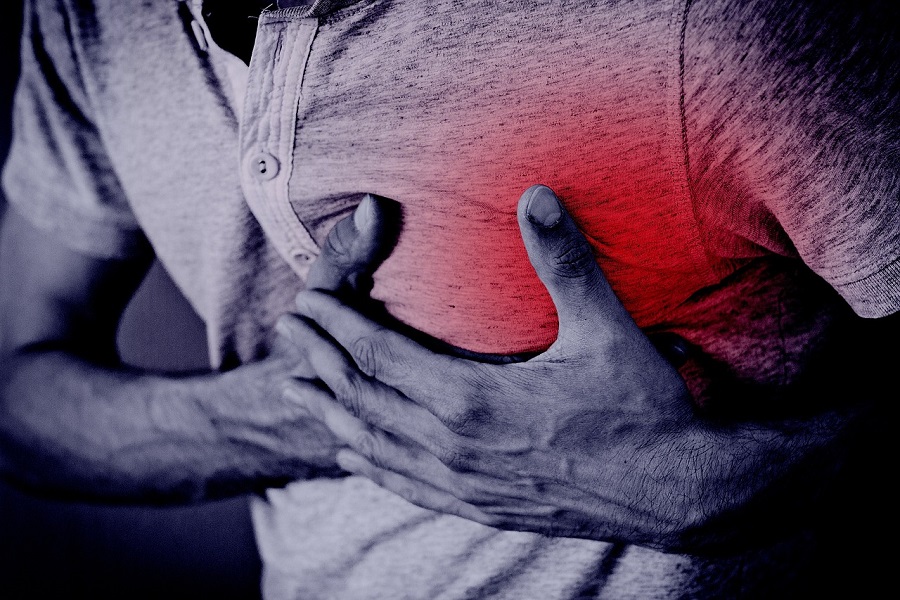What are they and how to avoid Aneurysms the Silent Killer
Aneurysms are often referred to as silent killers due to their ability to develop unnoticed until they rupture, leading to catastrophic consequences. An aneurysm is an abnormal bulge or ballooning in the wall of a blood vessel, most commonly occurring in the arteries. The three primary types are aortic, cerebral, and peripheral aneurysms. Understanding the causes, risks, and prevention strategies is crucial to mitigating their deadly potential.
The Nature of Aneurysms
Aneurysms can form in any blood vessel, but they are most dangerous when they occur in the arteries supplying the brain (cerebral aneurysms) or the aorta, the largest artery in the body (aortic aneurysms). These aneurysms pose significant risks because their rupture can lead to severe internal bleeding, stroke, or death.
Cerebral aneurysms, also known as intracranial or brain aneurysms, can lead to a haemorrhagic stroke if they burst. Aortic aneurysms can occur in the thoracic (chest) or abdominal regions of the aorta. A rupture here results in massive internal bleeding and is often fatal without immediate medical intervention.
Causes and Risk Factors
The exact cause of aneurysms is not fully understood, but several factors are known to contribute to their development:
1. Hypertension (High Blood Pressure): Chronic high blood pressure can weaken arterial walls, making them more susceptible to aneurysms.
2. Atherosclerosis (Hardening of the Arteries): The build-up of plaque inside arteries can cause them to become rigid and weak, leading to aneurysms.
3. Genetic Factors: A family history of aneurysms increases the likelihood of developing one. Certain genetic disorders, like Marfan syndrome and Ehlers-Danlos syndrome, also predispose individuals to aneurysms.
4. Age and Gender: The risk of aneurysms increases with age. Men are more likely to develop aortic aneurysms, while women are at higher risk for cerebral aneurysms.
5. Smoking: Smoking is a significant risk factor for aneurysms due to its damaging effects on blood vessel walls and its contribution to hypertension and atherosclerosis.
6. Infection and Trauma: In rare cases, infections and physical trauma can weaken arterial walls, leading to aneurysms.
Symptoms and Detection
One of the most insidious aspects of aneurysms is that they often grow silently, presenting no symptoms until they are large or rupture. However, some aneurysms can cause symptoms based on their location and size:
Aortic Aneurysms: May cause back pain, a pulsating feeling near the navel, or deep, constant pain in the abdomen or side.
Cerebral Aneurysms: Can cause headaches, vision problems, neck pain, and, if leaking a small amount of blood (a sentinel bleed), sudden and severe headaches.
Detection often occurs incidentally during imaging tests for other conditions. Advanced diagnostic tools like CT scans, MRI, and ultrasound are used to confirm the presence of an aneurysm.
Prevention Strategies
Preventing aneurysms involves addressing the risk factors and making lifestyle changes:
1. Manage Blood Pressure: Regular monitoring and controlling hypertension through medication, diet, and exercise are crucial.
2. Healthy Diet and Exercise: A diet low in saturated fats and cholesterol, coupled with regular exercise, helps maintain healthy arteries and reduces atherosclerosis.
3. Quit Smoking: Smoking cessation is one of the most significant steps one can take to prevent aneurysms. The benefits of quitting smoking are profound and far-reaching.
4. Regular Health Screenings: For those with a family history of aneurysms or other risk factors, regular screenings are essential. Early detection through imaging tests can prevent rupture and improve outcomes.
5. Medical Management of Underlying Conditions: Conditions like diabetes, high cholesterol, and genetic disorders should be managed under medical supervision to reduce the risk of aneurysms. Consider lowering your carb intake drastically and learn about intermittent fasting.
Treatment Options
If an aneurysm is detected, the treatment approach depends on its size, location, and risk of rupture. Small, unruptured aneurysms may be monitored regularly, with lifestyle adjustments and medications to control contributing factors. Larger or symptomatic aneurysms may require surgical intervention:
Open Surgery: Involves removing the damaged section of the artery and replacing it with a synthetic graft.
Endovascular Repair: A less invasive procedure where a stent-graft is inserted through the blood vessels to reinforce the weakened artery.
Supplements?
If I could only recommend one supplement to you, it would be Vitamin D with K2. I personally take Vitamin D3 4000iu and it also contains K2 100mcg. I take this supplement once per day with food (as D3 is a fat soluble vitamin, so it absorbs well with fat!) The D3 helps us to utilise the calcium from our food, while it also reduces inflammation and improves our immune system overall. The K2 is key because it hunts down any wrongly-placed calcium deposits (from the heart and major arteries) and it redistributes that calcium into bones and teeth! Vitamin D3 is also known to naturally lower blood pressure.
Conclusion
Aneurysms the silent killer remain a serious and often silent threat due to their potential to grow undetected until they pose a life-threatening risk. Understanding the causes and risk factors, combined with proactive prevention strategies and regular health check-ups, can significantly reduce the likelihood of aneurysm development and rupture. Awareness and education are key to combating this silent killer, ensuring that more lives are protected from its devastating impact.
Watch the brilliant video below (it’s only short) and it discusses aneurysms the silent killer. You may also wish to visit the NHS website to learn more about the official stance on aneurysms the silent killer.
The article ‘Aneurysms the Silent Killer’ was written and published by Bill Jones Mr Universe on Thursday 13th June 2024 at 17:55 and is subject to copyright. All rights are reserved.
You may also like to read this article named How to Avoid a Heart Attack.



